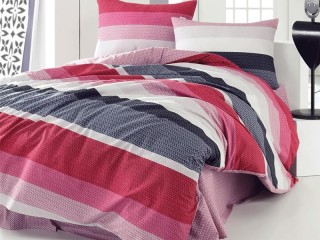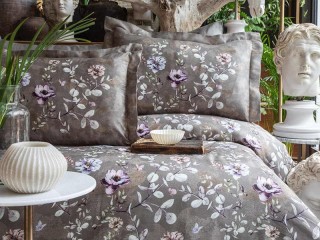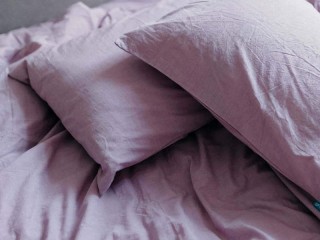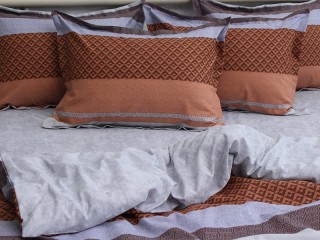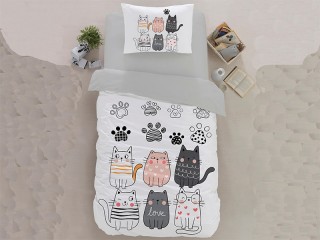Textile fiber is a flexible body that has sufficient strength to maintain its shape. Textile fibers are characterized by a limited length, as well as small transverse dimensions, that is, they are rather long and thin formations. Fibers are the main raw material in the textile industry and are used to make threads, yarns, fabrics, artificial fur and leatherette, as well as other textiles.
What types of textile fibers are there?
Fibers for the textile industry are subdivided according to the types of origin: natural (natural) and chemical.
Natural (natural) fibers
Natural fibers are of plant origin, for example cotton, linen, bamboo and animal origin: wool of various animals, silk of a silkworm. Natural fibers are fibers for the production of which only mechanical actions are used - collection, cleaning, sorting and combing, since they are already ready for use.
Natural fibers of plant origin
Cotton fiber is one of the most widespread and widely used fibers in the textile industry. What are cotton fibers? Cotton fiber is a ripe pericarp of cotton seeds, consists of short white fibers, chemical composition of 90% cellulose.
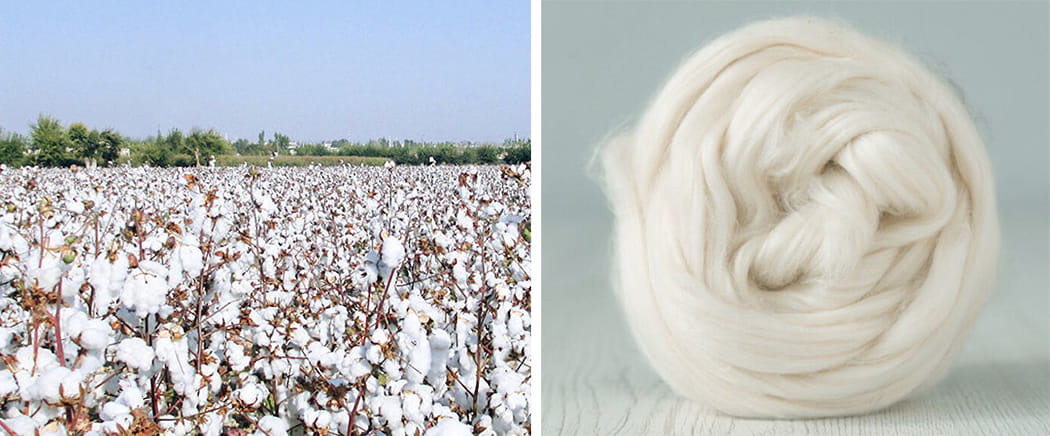
Flax fiber is one of the most environmentally friendly, since no chemical reagents are used in its production. In ripe flax plants collected in sheaves, the stem naturally softens, which, after the combing procedure, is the basis for the flax fiber, and subsequently for the threads. Flax fibers contain silica, which is a natural antiseptic.
 Hemp fibers are also natural, the manufacturing process is very similar to flax fibers. The stem of the hemp bast plant is very easily exfoliated into truss and fiber, after drying in bales or stacks. Then it is additionally dried and combed out to obtain the desired fiber thickness. Natural unpainted threads of a grayish-beige color are the most environmentally friendly type.
Hemp fibers are also natural, the manufacturing process is very similar to flax fibers. The stem of the hemp bast plant is very easily exfoliated into truss and fiber, after drying in bales or stacks. Then it is additionally dried and combed out to obtain the desired fiber thickness. Natural unpainted threads of a grayish-beige color are the most environmentally friendly type.

Bamboo fiber can be of natural origin or artificial, depending on the manufacturing method. The first method, which is expensive, consists in peeling the top layer of the bamboo, then softening and drying it. The second method is more common because it is cheaper. The whole bamboo stem is used as raw material, which is marked and then, using chemical reactions in acids and alkalis, a homogeneous mass is obtained, which is passed through thin holes and forms thin long fibers.
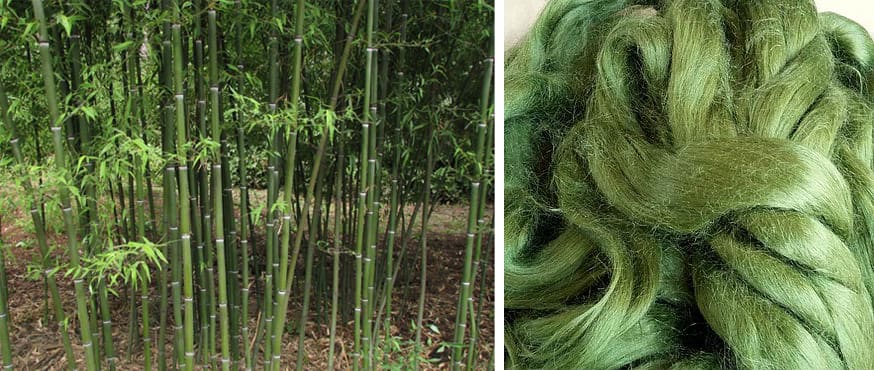
Interesting to know - linden bark fiber has long been used as a natural washcloth.
Natural fibers of animal origin
Wool fibers are natural fibers of animal origin, they can be from various animals. The most commonly used wool is sheep, but also wool from camel, llama, dog, cat, goat and other animals. Wool fibers have beneficial properties for the body, thanks to the natural impregnation of lanolin. Most often, wool is sheared or combed, as for example a dog's wool, then it is sorted and subjected to washing and disinfection. Next comes the process of whitening and staining. Merino wool is considered to be a particularly soft type of woolen fabric; it has a smooth structure of wool, as a result of which it has a soft and delicate surface that does not cause irritation on the skin.
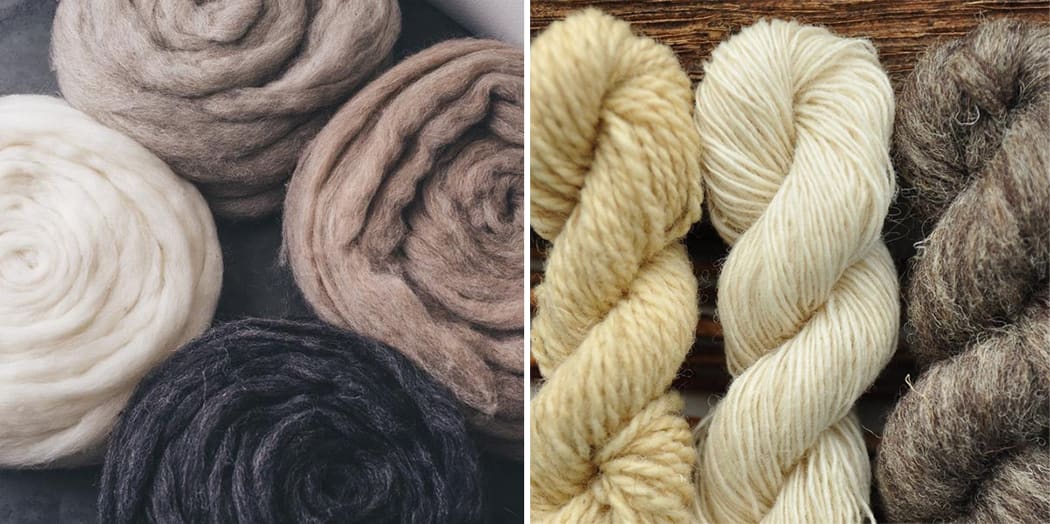
Silk fibers are another type of fiber of natural animal origin. Silk fiber is a fiber obtained from cocoons for silkworm pupae. The cocoon must be intact, then the fibers are long and of high quality, and the fabric is very strong. Silk fiber is considered elite, since the process of its production is laborious and expensive.
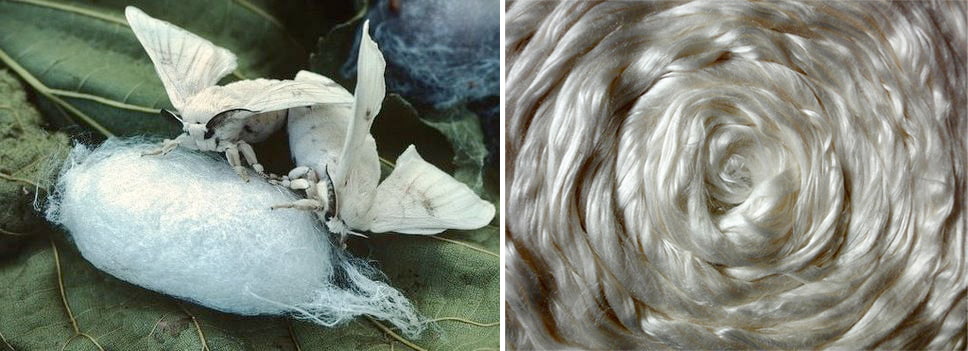
Textile fiber of mineral origin
The are made from asbestos, a natural mineral. They are used for the manufacture of industrial textiles, as well as for strengthening and reinforcing structures.
Properties of natural textile fibers
With the variety of natural fibrous materials, there are common characteristics.
- are environmentally friendly;
- good air permeability;
- almost all species have properties useful for the body;
- have good hygiene characteristics;
- do not cause allergies;
- friendly to nature, have a short decay time, easy to dispose of;
- pleasant to the body and to the touch;
- do not accumulate static electricity;
- with proper care, they have a long service life;
- nourish moisture well;
Chemically produced fibers
Fibers made by a chemical method are divided into: synthetic - nylon, polyester, nitrone, vinol, chlorine, as well as artificial - viscose, acetate, triacetate.
Artificial and synthetic fiber are not the same thing. They differ in the raw materials for the manufacture. For the manufacture of synthetic fiber, derivatives of carbon-containing substances are used - these are oil, gas, coal. Synthetic fiber is a chemically synthesized substance o from polymers, which completely changed its chemical structure and formula, acquiring the desired properties. Artificial fibers are made from finely chopped wood - cellulose, koesin, and in the case of acetate, from the remains of cotton fluff with the addition of chemical reagents. The substance undergoes changes, but does not change its structure and properties, therefore we can say that artificial fibers are made from natural raw materials by chemical means, but they do not synthesize a new substance, but change the properties of the given one.
Types of synthetic fibers
The most widespread of the synthetic fiber group is the polyester fiber. The following types of fibers are obtained from polyester - siliconized, polyester, hollow and microfibers. Let's dwell on each separately.
Polyester fiber is a fiber obtained from oil refined products by extruding molten polyester through the smallest foil holes, is a modern and completely safe hypoallergenic product. Polyester fiber, polyester fiber, polyester fiber and polyester fiber are synonyms for the same material.
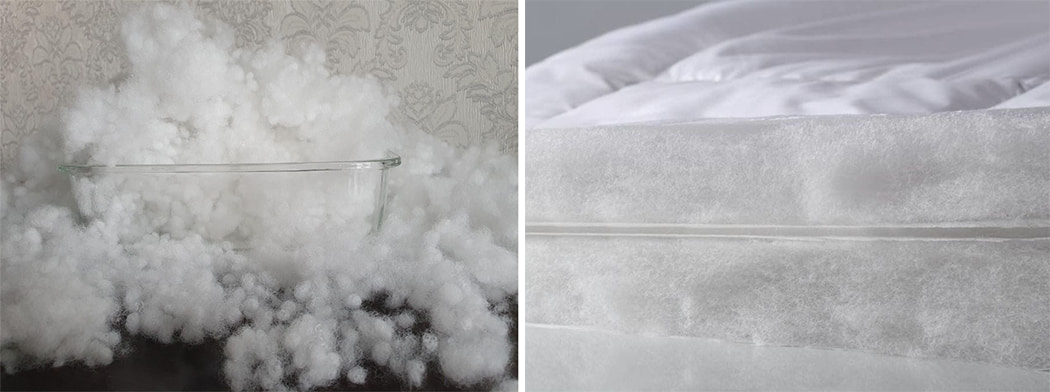
Hollow polyester fiber was invented to increase thermal insulation properties and make it even more lightweight. It required an improvement in production technology, but the result exceeded expectations. Hollow polyester fiber has turned out to have heat-saving properties comparable to real down and just as light, but with one important advantage - harmful microorganisms, such as dust mites, do not start in it.
Siliconized fiber is a polyester, most often hollow fiber, which is treated with silicone, this gives even greater strength and also greater environmental friendliness. Since silicone imparts unique properties to materials, the siliconized fiber is crease resistant and has a longer lifespan.
Artificial fiber types
Most often, artificial textile fibers are understood as fibers made from cellulose. They are collectively called viscose. Viscose fiber is a chemically produced fiber, most often from chopped hardwood, containing more than 90% cellulose. The manufacturing process consists in preliminary crushing of wood to the state of chips, followed by its transformation into a homogeneous mass under the influence of solvents. Further, through the appropriate foil thickness, the mass is passed into a container with chemical reagents to form individual long viscose fibers. After the drying process, the fibers are ready for dyeing and further use.
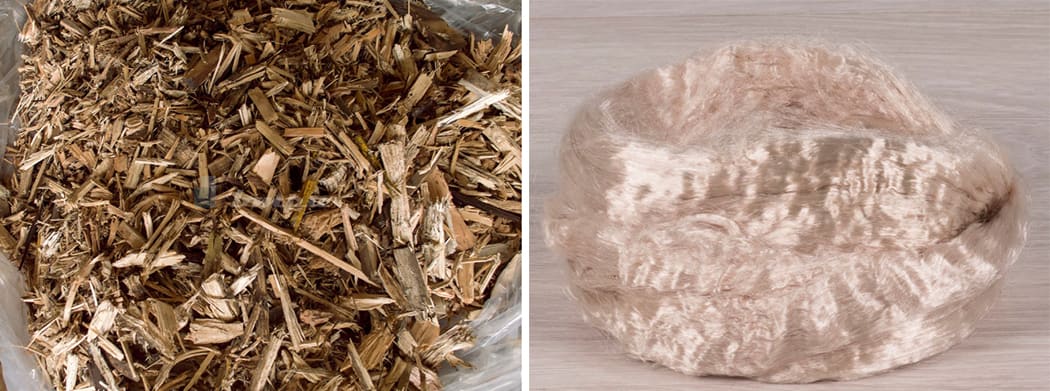
Siblon fiber is a type of viscose fiber made from spruce wood, it has greater strength and silkiness due to the resinous coniferous spruce.
Tencel fiber is an eco-friendly viscose fiber made from eucalyptus trees. Eucalyptus trees growing in Australia are environmentally friendly and they do not use aggressive chemical reagents - acids and alkalis, but only natural ones. Also, the cycle is completely closed and waste and emissions do not enter the environment, but are treated and used in the next production cycle. Tencel fabric is very soft, hypoallergenic and antibacterial. Fiber also has these properties, so pillows and duvets filled with Tencel are very much appreciated by lovers of a comfortable and eco-friendly bed.
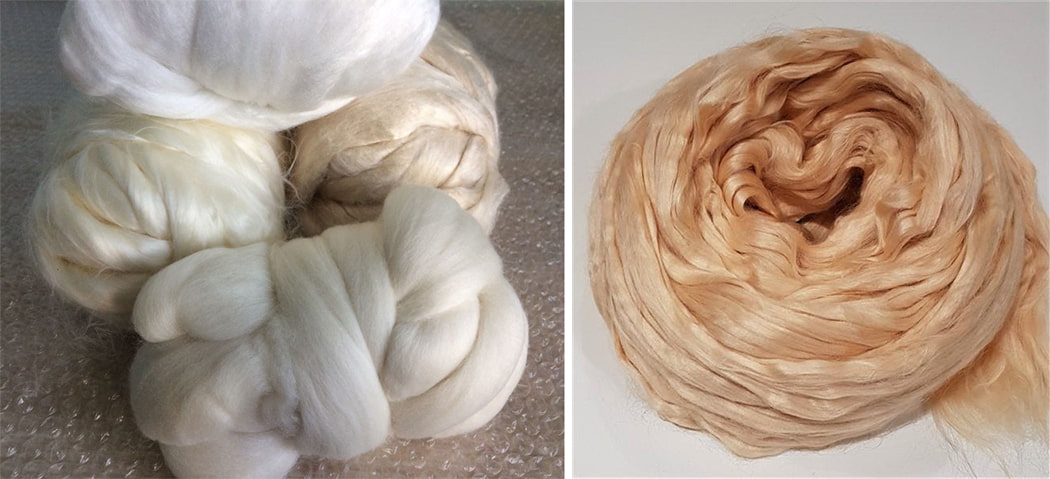
The latest development of South Korean scientists is soybean fiber, which is made using the Tencel fiber technology and is environmentally friendly, as well as very pleasant to the touch and has good hygienic properties and durability.
